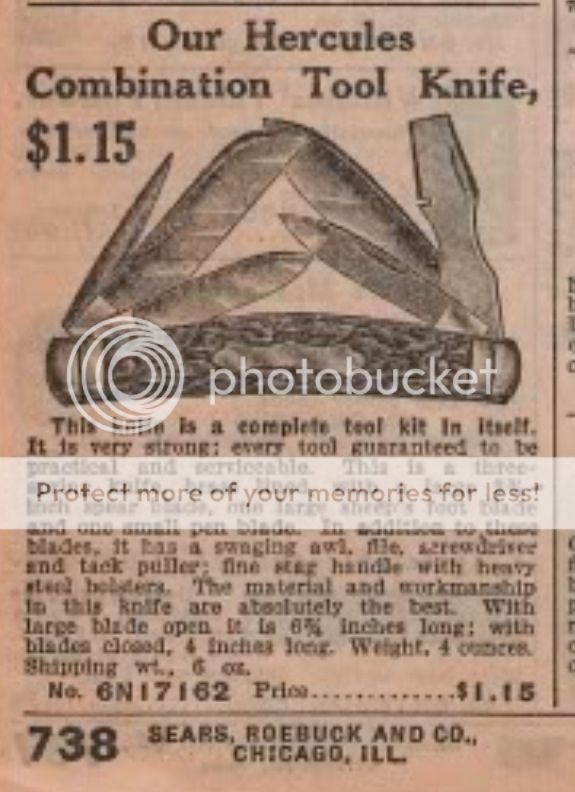- Joined
- Aug 4, 2013
- Messages
- 3,989
One of my biggest reasons for liking and wanting to like the Queen Cutlery firm... their history. Not just because they make traditional knives using traditional methods. Not just because they are US made... it's because they are those things and more! Queen is in itself original continual history. Neat to be able to buy these types of knives, not just from a new modern day started traditional maker that basically makes repros... but from a company that makes knives that were made by them back in the early 1920's, 1930's, 1940's. That I find so cool... original ongoing history. Case is that too... but their methods have been ongoing as well... It can do that, it is an old firm making old traditional style knives, but using some advanced methods as they came along in their history. I like Case... and much too because it is an ongoing history firm.. they were here then, they are here now. I favor Queen, but only because their methods of manufacture stayed pretty old school, holding that feel when one has one in hand. Even though Utica Cutlery has some issues with quality control, I want to like them for the same reason as Queen and Case.... Utica being ongoing, continual, history. They represent some of the very last true old names in American traditional knife cutlery.
Last edited:

